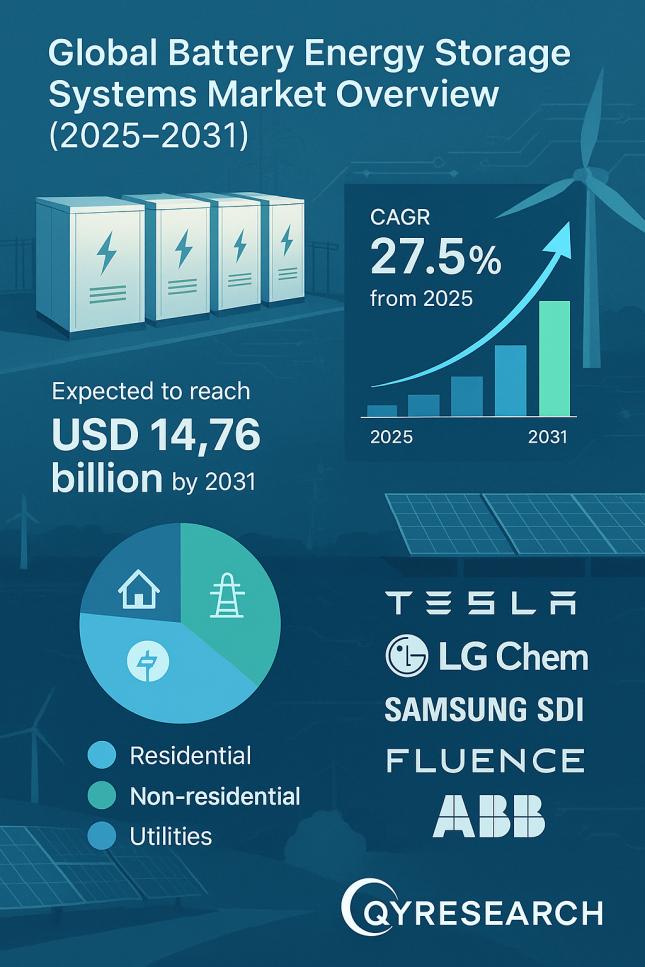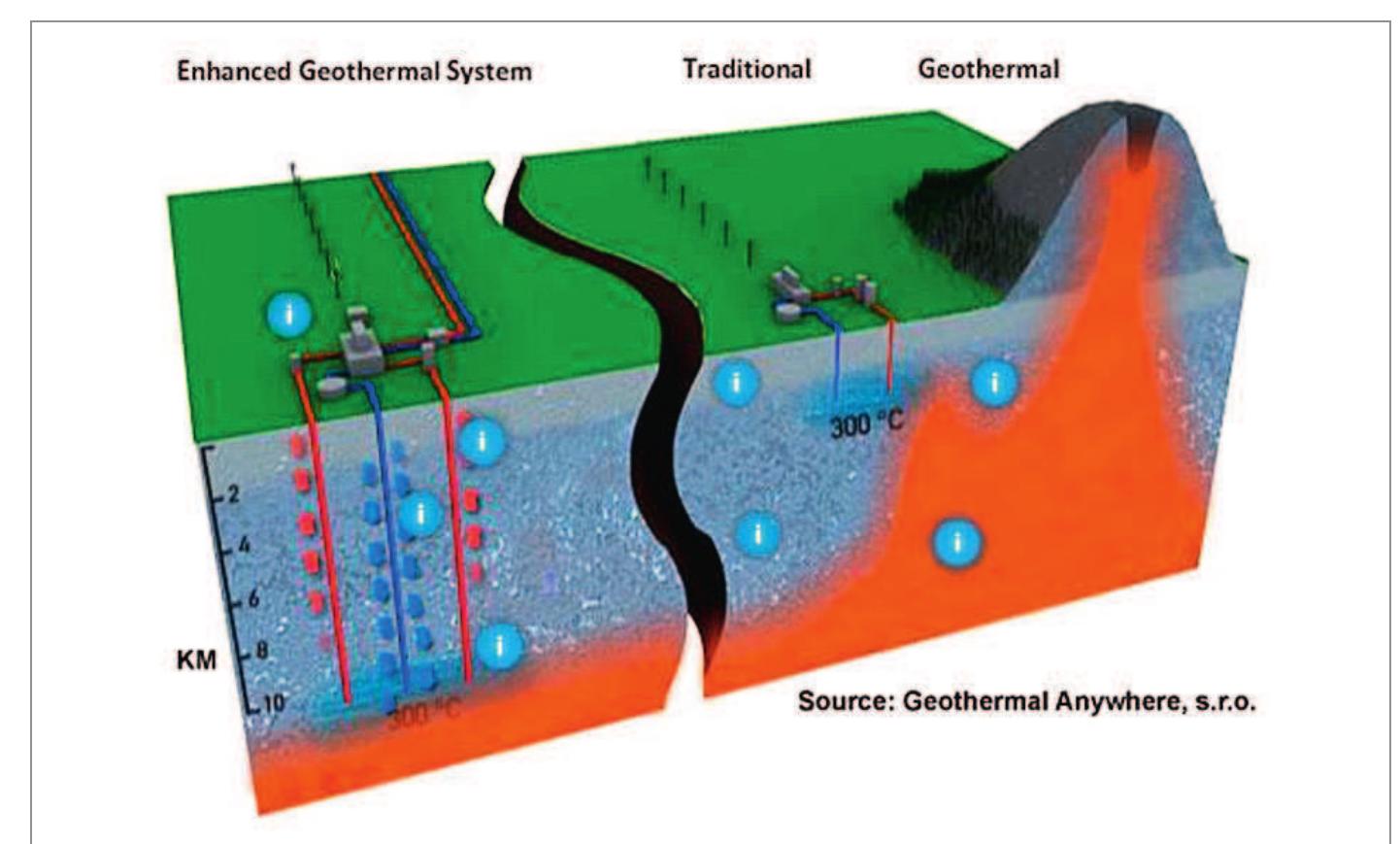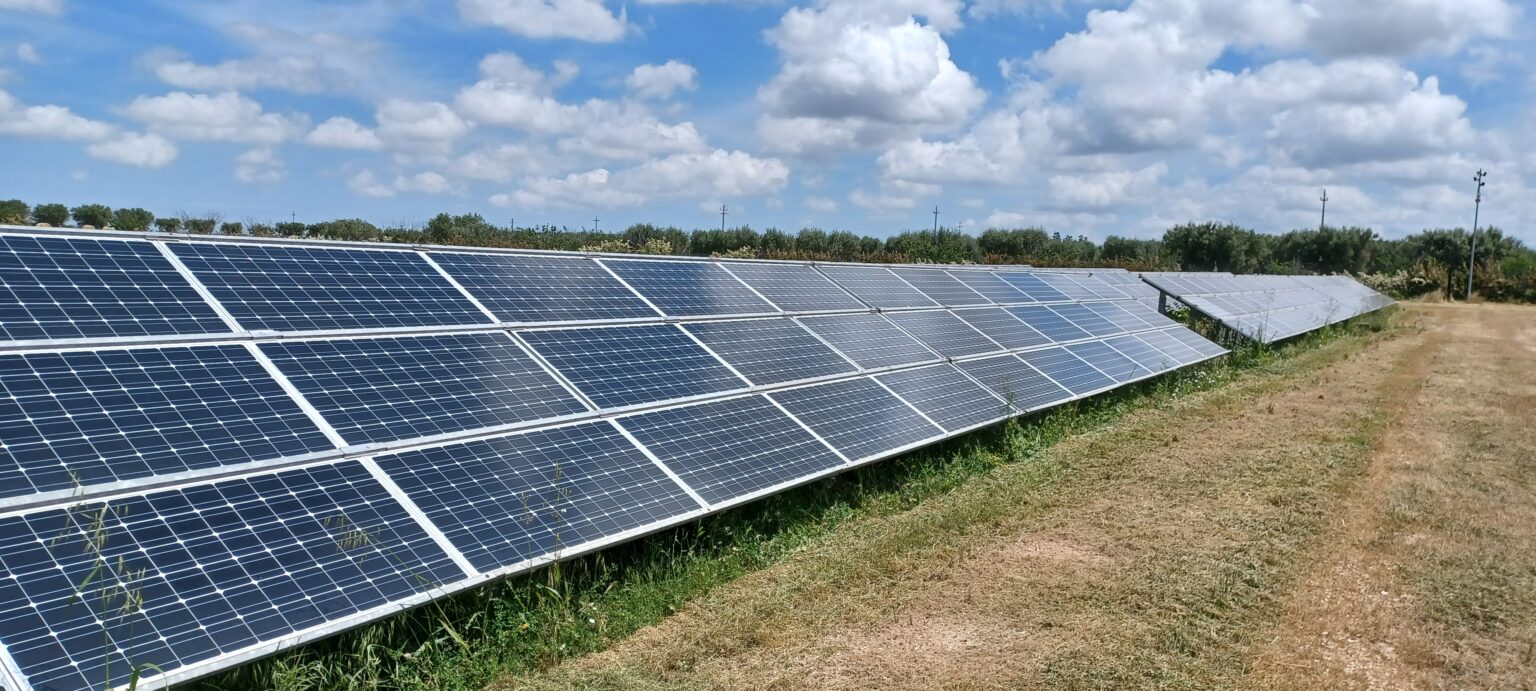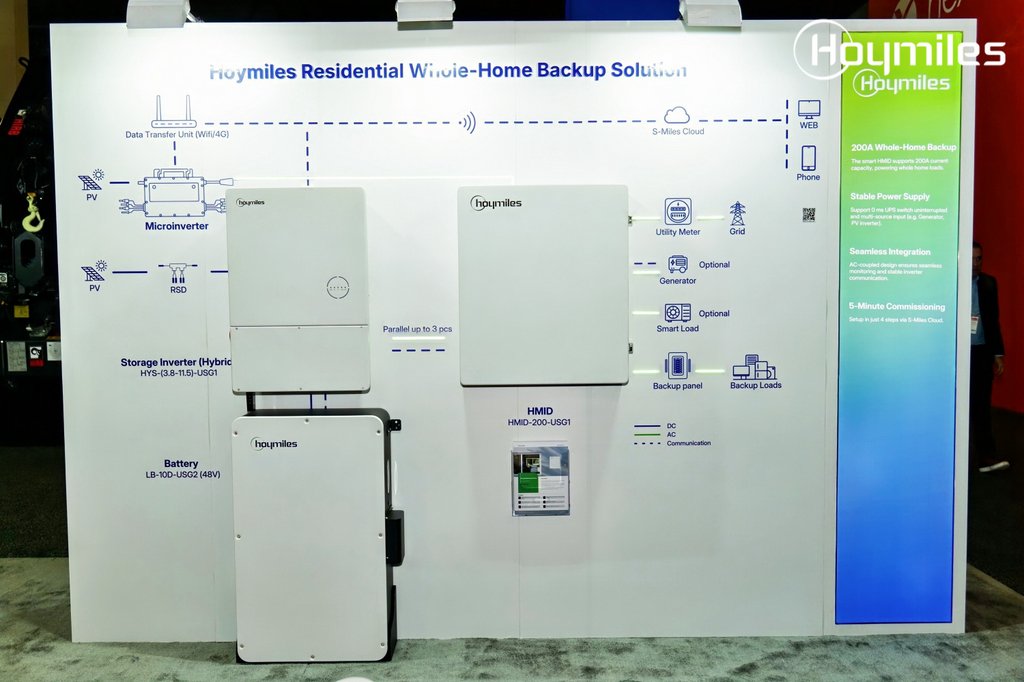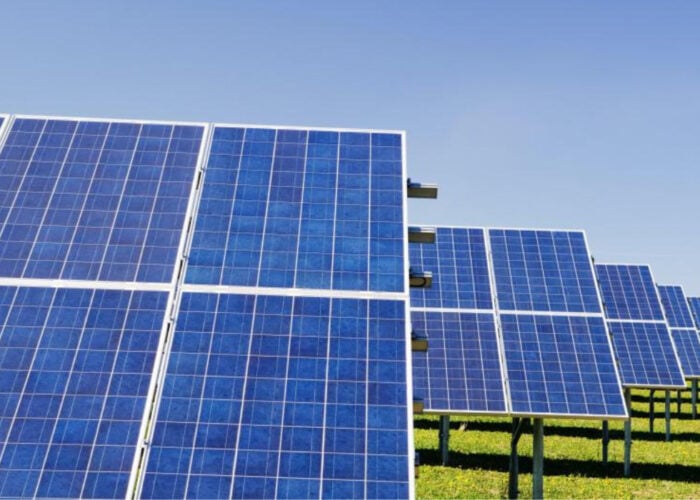Report on the Agricola Wind Project and its Alignment with Sustainable Development Goals
Project Overview and Public Engagement
A public hearing has been scheduled to discuss the proposed Agricola Wind Project, a large-scale renewable energy initiative in Cayuga County. The hearing provides a platform for community engagement, a crucial component in achieving sustainable development.
- Project Name: Agricola Wind Project
- Infrastructure: 24 wind turbines, each 680 feet in height
- Location: Farmland across the towns of Scipio and Venice
- Jurisdiction: State-level approval is required as the project’s capacity exceeds 24 megawatts, aligning with state-wide strategies for sustainable infrastructure under SDG 11 (Sustainable Cities and Communities).
Contribution to SDG 7: Affordable and Clean Energy
The primary objective of the Agricola Wind Project is to advance the transition to sustainable energy systems. This initiative is in direct support of Sustainable Development Goal 7.
- The project aims to substantially increase the share of renewable energy in the regional energy mix.
- By harnessing wind power, it provides a source of clean electricity, reducing dependence on fossil fuels.
- The development contributes to the state’s broader goals for energy infrastructure modernization and clean energy deployment.
Addressing SDG 13: Climate Action
Large-scale wind energy projects are a critical tool for climate change mitigation, directly addressing the targets of Sustainable Development Goal 13.
- The project will contribute to the reduction of greenhouse gas emissions by displacing energy generated from carbon-intensive sources.
- It represents a significant local investment in climate action, integrating climate change measures into state and local policies and planning.
Broader Impacts on Sustainable Development
The project’s implementation and the associated public review process touch upon several other key Sustainable Development Goals.
- SDG 8 (Decent Work and Economic Growth): The construction and maintenance of the wind farm are expected to stimulate local economic activity and create employment opportunities, fostering sustainable economic growth in the region.
- SDG 11 (Sustainable Cities and Communities): The state-level approval process and public hearing ensure that the development is integrated into comprehensive planning for sustainable land use and resilient infrastructure.
- SDG 17 (Partnerships for the Goals): The public hearing, hosted by the state’s renewable energy office, exemplifies a multi-stakeholder partnership. It brings together government bodies, the private sector, and local communities to ensure transparent and inclusive decision-making for sustainable development.
Scheduled Public Consultation Details
A public hearing hosted by the New York State Office of Renewable Energy Siting will facilitate community input, a key element of participatory governance for sustainability.
- Date and Time: Wednesday at 6 p.m.
- Venue: Hilton Garden Inn, Auburn
- Purpose: To provide residents and stakeholders with information and an opportunity to comment on a project with significant implications for regional progress toward the Sustainable Development Goals.
Analysis of Sustainable Development Goals in the Article
1. Which SDGs are addressed or connected to the issues highlighted in the article?
-
SDG 7: Affordable and Clean Energy
- The article’s central theme is a “proposed large-scale wind energy project.” Wind energy is a key component of clean and renewable energy, which is the primary focus of SDG 7. The project aims to generate electricity from a sustainable source.
-
SDG 13: Climate Action
- Large-scale renewable energy projects like the Agricola Wind Project are fundamental strategies for mitigating climate change. By generating power without burning fossil fuels, they help reduce greenhouse gas emissions, directly contributing to the goals of climate action.
-
SDG 11: Sustainable Cities and Communities
- The project involves significant land-use planning (“across farmland in the towns of Scipio and Venice”) and infrastructure development (“24 massive turbines”). Furthermore, the article highlights a “public hearing,” which is a mechanism for participatory and inclusive planning in community development, a core aspect of SDG 11.
-
SDG 17: Partnerships for the Goals
- The process described involves multiple stakeholders. A state-level body (“the state’s renewable energy office”) is overseeing the approval process for a project that is likely proposed by a private entity. This collaboration between public institutions and other sectors to achieve sustainable development is central to SDG 17.
2. What specific targets under those SDGs can be identified based on the article’s content?
-
Under SDG 7 (Affordable and Clean Energy):
- Target 7.2: “By 2030, increase substantially the share of renewable energy in the global energy mix.” The “large-scale wind energy project” is a direct action aimed at increasing the proportion of renewable energy.
- Target 7.a: “By 2030, enhance international cooperation to facilitate access to clean energy research and technology… and promote investment in energy infrastructure and clean energy technology.” The state’s approval process for a project with “24 massive turbines” signifies the promotion of investment in clean energy infrastructure.
-
Under SDG 13 (Climate Action):
- Target 13.2: “Integrate climate change measures into national policies, strategies and planning.” The fact that a “state’s renewable energy office” exists and has an approval process for such projects shows the integration of climate-friendly energy policies into state-level planning.
-
Under SDG 11 (Sustainable Cities and Communities):
- Target 11.3: “By 2030, enhance inclusive and sustainable urbanization and capacity for participatory, integrated and sustainable human settlement planning and management in all countries.” The “public hearing” mentioned is a direct example of a participatory planning structure designed to include residents in the decision-making process.
3. Are there any indicators mentioned or implied in the article that can be used to measure progress towards the identified targets?
-
For Target 7.2:
- Implied Indicator (related to 7.2.1 – Renewable energy share): The article specifies the project’s scale by stating it “exceeds 24 megawatts.” This generating capacity is a direct measure of the contribution to the renewable energy supply.
-
For Target 11.3:
- Implied Indicator (related to 11.3.2 – Proportion of cities with a direct participation structure): The article explicitly mentions a “public hearing” hosted by a state office. The existence and execution of this hearing serve as a qualitative indicator that a structure for direct citizen participation in planning and management is in place and operational.
4. Summary Table of SDGs, Targets, and Indicators
| SDGs | Targets | Indicators (Mentioned or Implied in Article) |
|---|---|---|
| SDG 7: Affordable and Clean Energy | Target 7.2: Increase substantially the share of renewable energy in the global energy mix. | The project’s generating capacity, which “exceeds 24 megawatts.” |
| SDG 13: Climate Action | Target 13.2: Integrate climate change measures into national policies, strategies and planning. | The existence of a state-level approval process for renewable energy projects managed by a “renewable energy office.” |
| SDG 11: Sustainable Cities and Communities | Target 11.3: Enhance inclusive and sustainable urbanization and capacity for participatory… planning and management. | The holding of a “public hearing” for residents to learn about and engage with the proposed project. |
| SDG 17: Partnerships for the Goals | Target 17.17: Encourage and promote effective public, public-private and civil society partnerships. | The interaction between the “state’s renewable energy office” (public), the project proponents (implied private), and the residents (civil society) through the hearing process. |
Source: spectrumlocalnews.com


